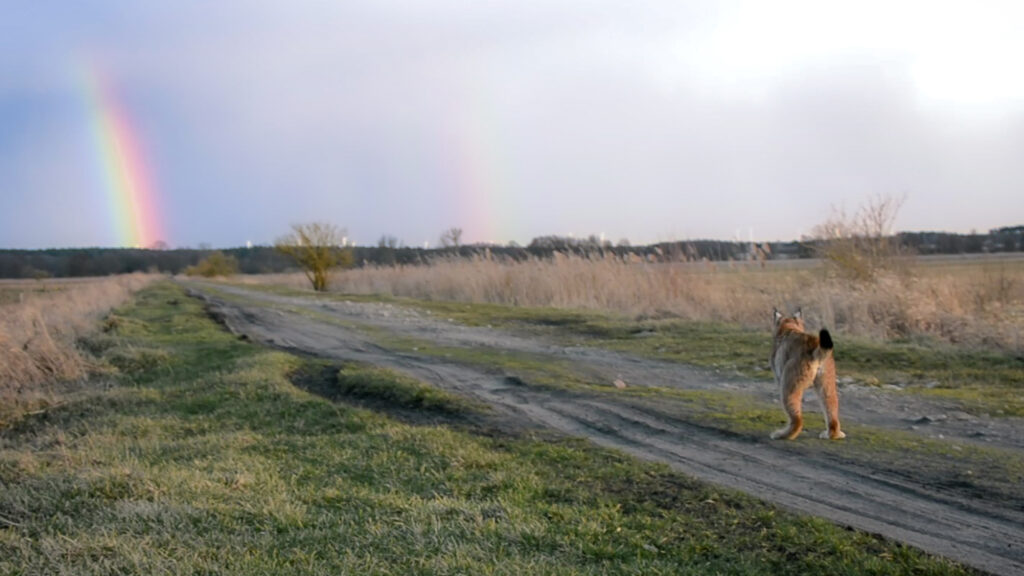The aim of the recently established European Wildlife Comeback Fund is to scale up wildlife reintroduction and population reinforcement across Europe. The fund’s first grant has just enabled the release of two juvenile Eurasian lynx in Western Pomerania, enhancing the genetic diversity of the area’s existing lynx population.
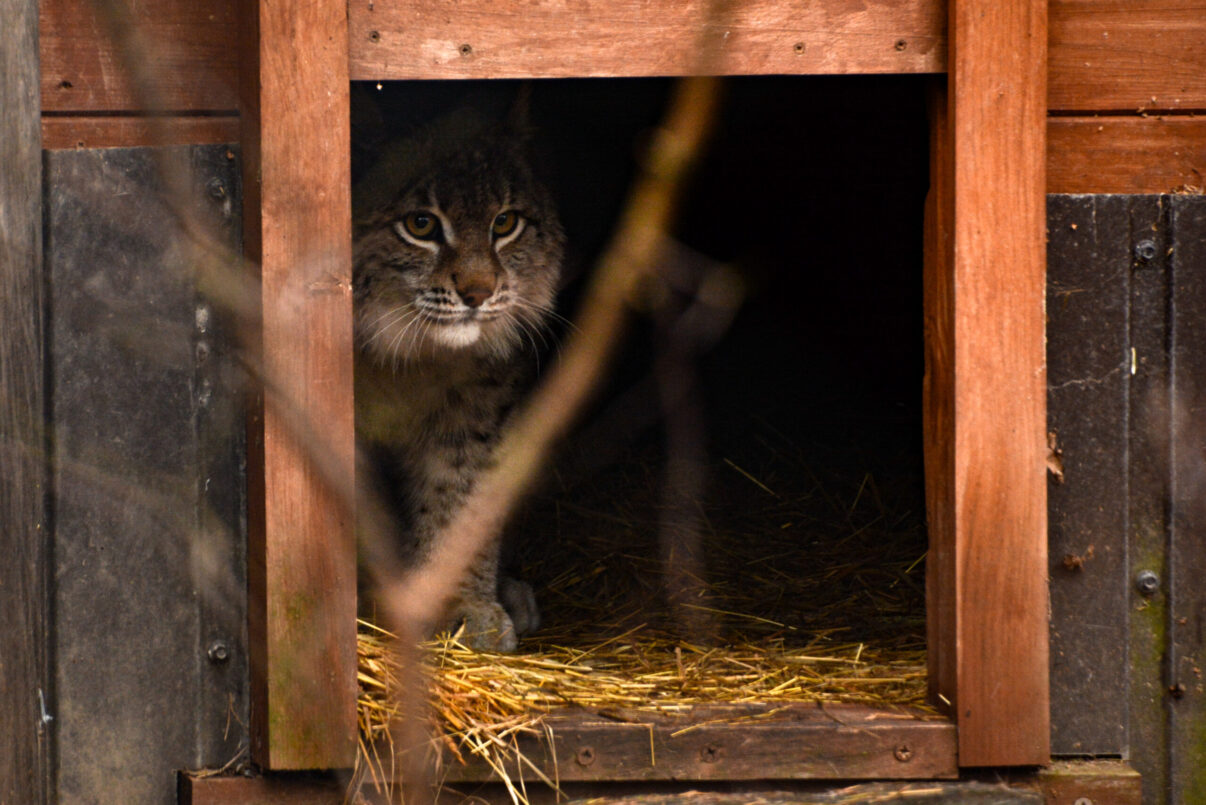
An ongoing programme
With the support of Rewilding Europe’s European Wildlife Comeback Fund, two juvenile Eurasian lynx – a one year-old female and a one-year old male – have just been released in the Polish province of Western Pomerania, in the northwest of the country and east of the Oder Delta rewilding landscape. The reintroduction, which is being overseen by the Western Pomeranian Nature Society (ZTP) – a Polish NGO and partner of Rewilding Oder Delta – will enhance the genetic diversity of the existing lynx population in the area, which was reintroduced from 2019 onwards.
In addition to the two newly released animals, the first grant disbursed by the European Wildlife Comeback Fund will facilitate the release of another 15 animals between now and the end of the year, with three more lynx in the process of acclimatisation.
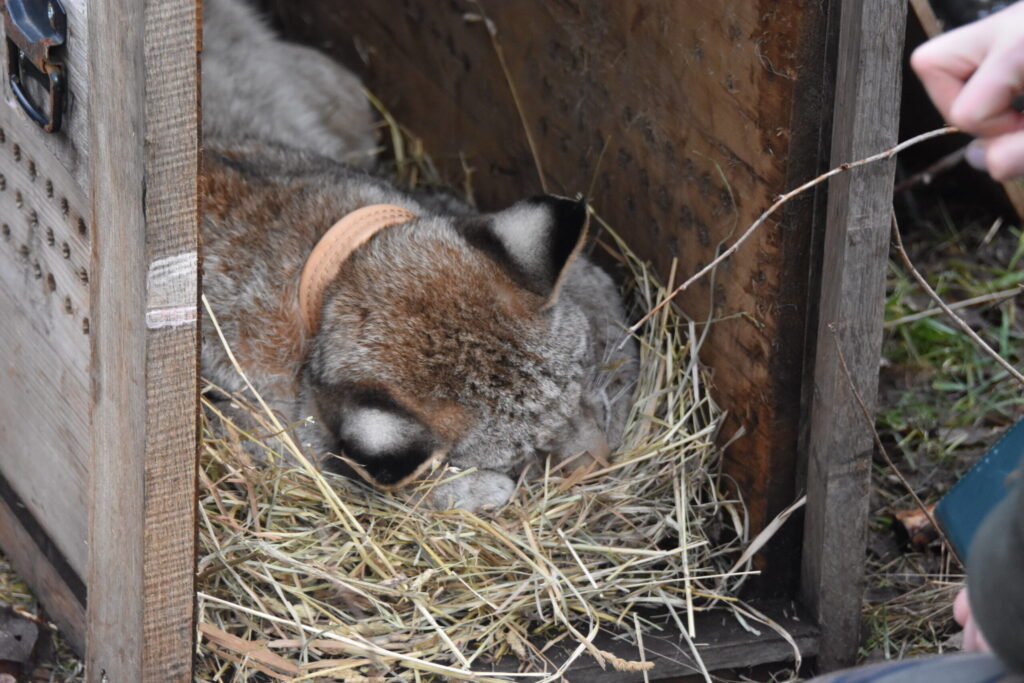
Multiple benefits
The aim of the European Wildlife Comeback Fund, which was established in 2022, is to scale up keystone species reintroduction and population reinforcement across Europe. As a top predator, the Eurasian lynx helps to maintain balanced, healthy populations of other animals and provide food for a range of scavengers. By encouraging natural regeneration and enhancing biodiversity, they also contribute to healthy forests.
ZTP, which is also a member of Rewilding Europe’s European Rewilding Network, has released over 70 Eurasian lynx in Western Pomerania since 2019. While Eurasian lynx have also been reintroduced in central and northeast Poland, these populations have not expanded westward so far – the aim of ZTP’s reintroduction programme is to restore a permanent population in Western Pomerania.
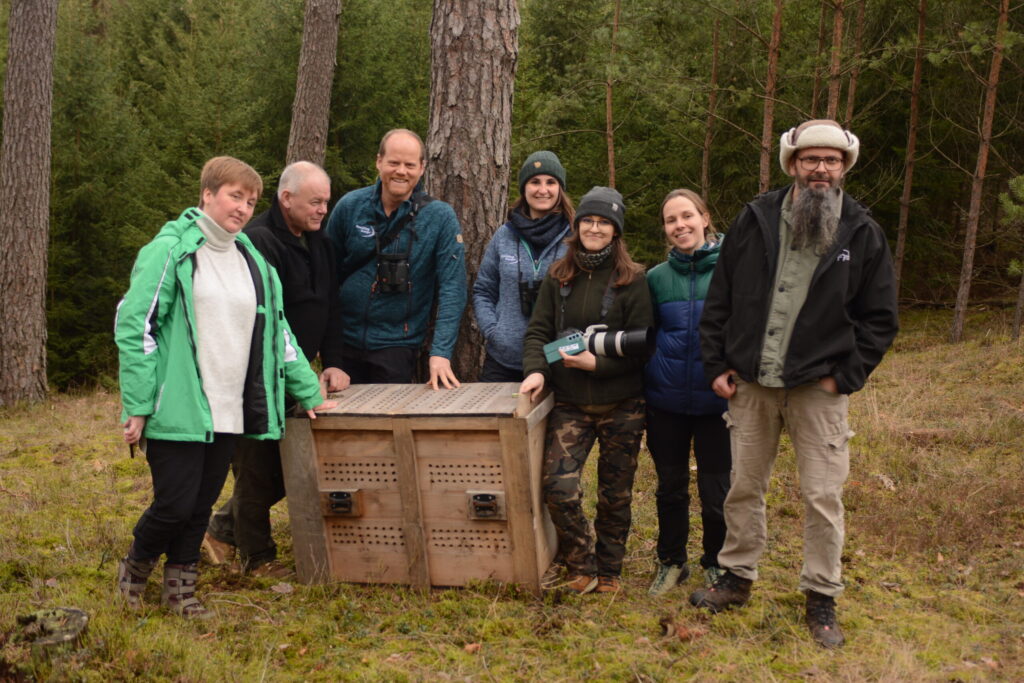
Promoting coexistence
The newly released male lynx, which was sourced from a zoo in Germany, spent a few weeks in an adaptation centre before his release into the wild. The female lynx was actually born in the wild in Western Pomerania, but her mother was killed in a traffic accident. All the animals released by ZTP are fitted with GPS collars – this allows them to be tracked, with interventions made by the monitoring team if they are seen to be in danger or poor health.
Low acceptance by humans and infrastructure development are the main threats to Eurasian lynx, which is Europe’s largest wild cat. Increasing public knowledge about the species is gradually leading to increased acceptance, with ZTP and the Rewilding Oder Delta team working together to continue the upward trend. The survival rate of the reintroduced lynx in Western Pomerania is estimated to be around 70%.
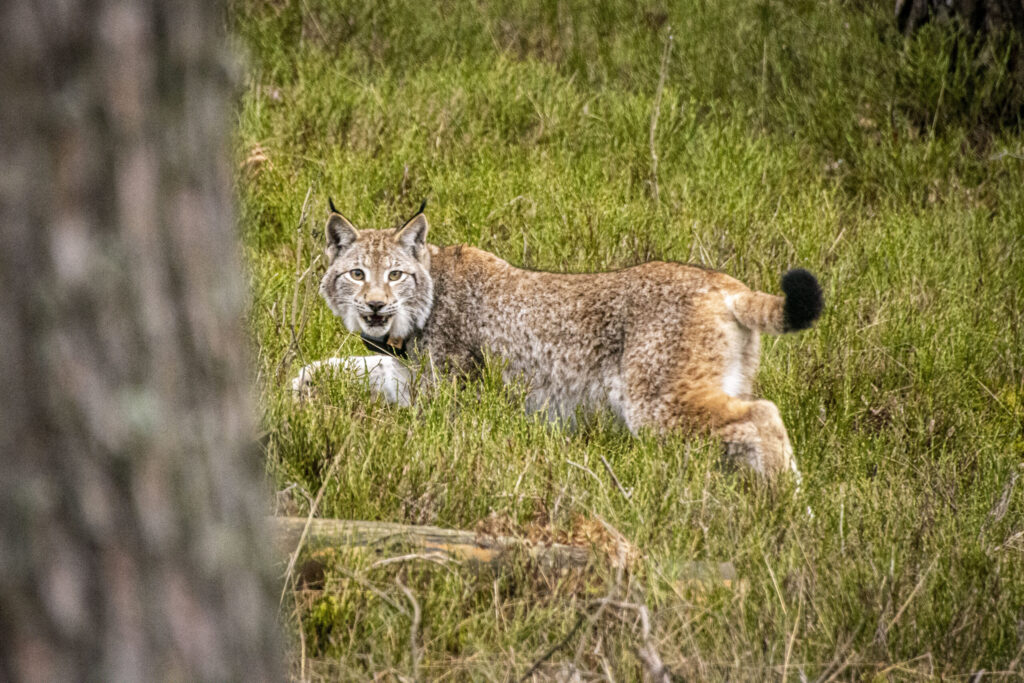
Scaling up wildlife comeback
Over the next few months the European Wildlife Comeback Fund will support the release of a wide range of wildlife species across Europe, with benefits for nature and people.
Wildlife reintroductions are complex, which means they typically face many challenges and take a long time to prepare. This often makes it difficult to synchronise the timing of available funding with the timing of the eventual release. The agile setup of the European Wildlife Comeback Fund is designed to support wildlife comeback in a convenient and flexible way. All reintroductions must follow IUCN guidelines, which include the stipulation that the cause of the original extinction be identified and eliminated before the reintroduction goes ahead. The fund has already received 1.5 million euros from partners, and aims to facilitate at least 30 wildlife comeback interventions or initiatives through grant disbursement.
Rewilding Europe invites other initiatives working to reintroduce keystone species in European landscapes to consider applying for a European Wildlife Comeback Fund grant. Those interested in contributing to wildlife recovery in Europe can financially support the fund.
Want to know more?
